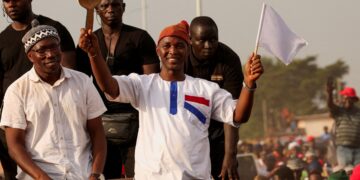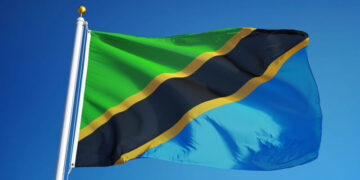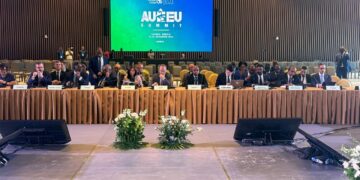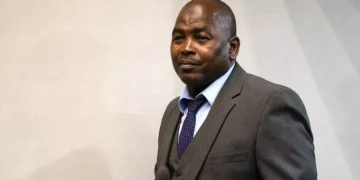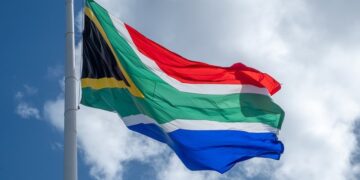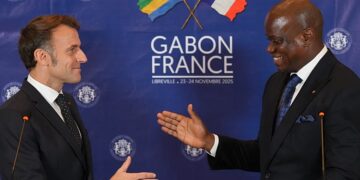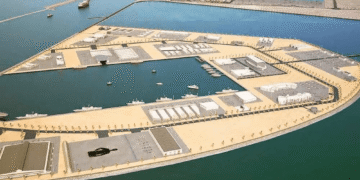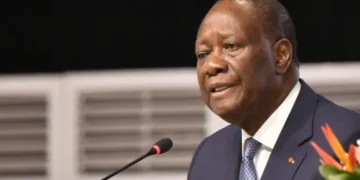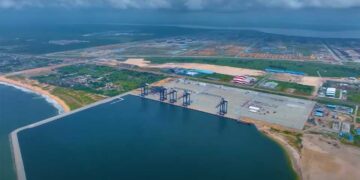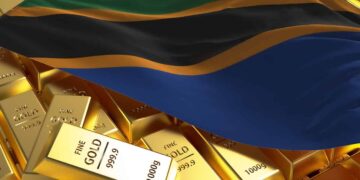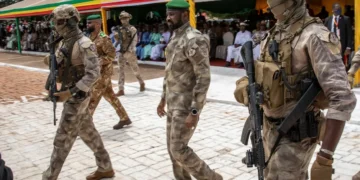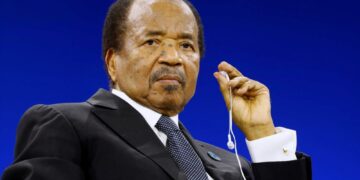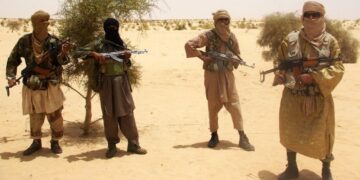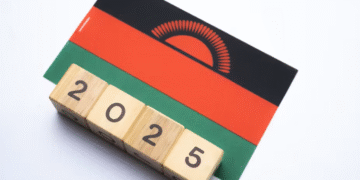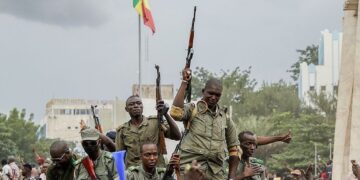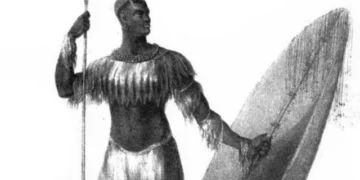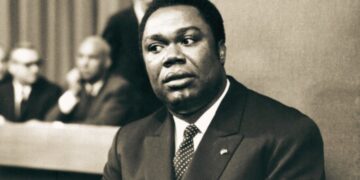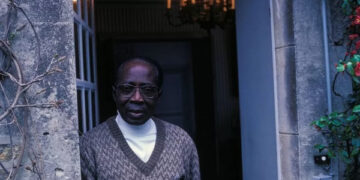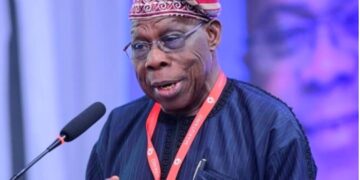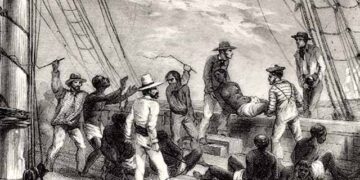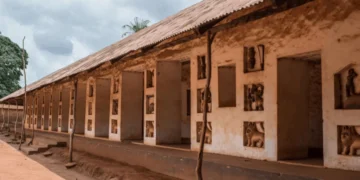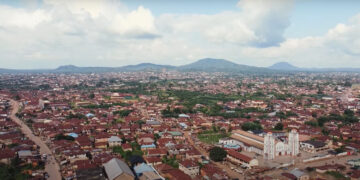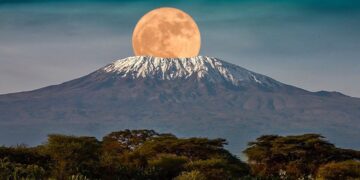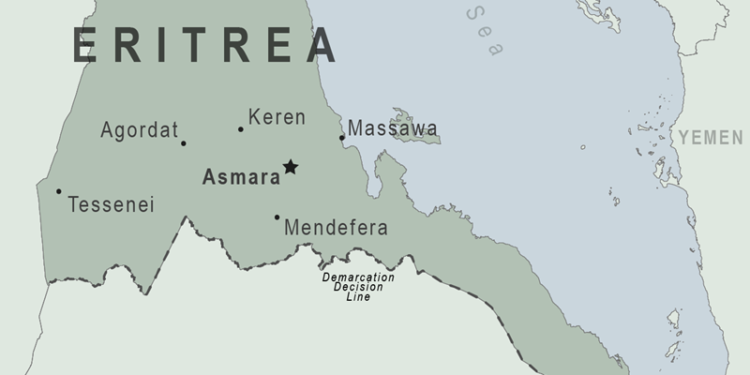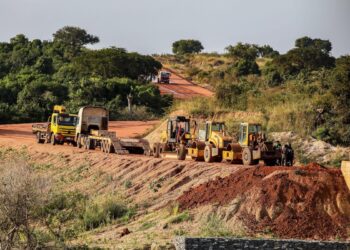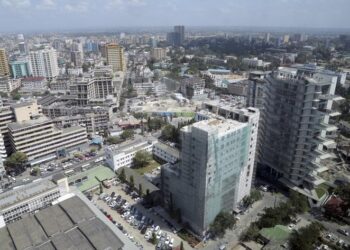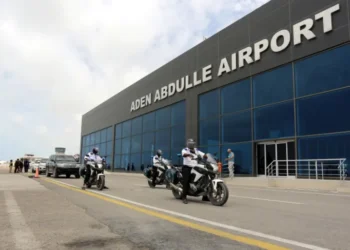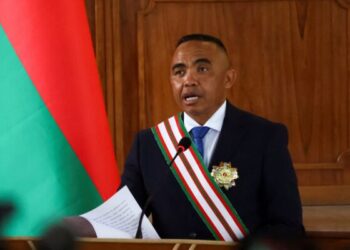Eritrea, country of the Horn of Africa, located on the Red Sea. Its coastal location has long been important in its history and culture—a fact reflected in its name, which is an Italianized version of Mare Erythraeum, Latin for “Red Sea.”
Contemporary Eritrea is a multi-ethnic country with nine recognised ethnic groups, each of which has its own language. The most widely spoken language is Tigrinya, the others being Tigre, Saho, Kunama, Nara, Afar, Beja, Bilen and Arabic.
Tigrinya, Arabic and English serve as the three working languages. Most residents speak languages from the Afroasiatic family, either of the Ethiopian Semitic languages or Cushitic branches. Among these communities, the Tigrinyas make up about 50% of the population, with the Tigre people constituting around 30% of inhabitants. In addition, there are several Nilo-Saharan-speaking Nilotic ethnic groups.
The Eritrean economy is totally dependent upon agricultural production. Over 75 percent of the population lives in the rural areas and conducts subsistence agricultural production, whereas 20 percent is estimated to be traders and workers. No major goods are produced for export, but some livestock is exported to the Arabian Peninsula.
After independence from Italian control and then UK oversight, the UN established Eritrea as an autonomous region within the Ethiopian federation in 1952. During the long struggle, the people of Eritrea managed to forge a common national consciousness, but with peace established, they faced the task of overcoming their ethnic and religious differences in order to raise the country from a poverty made worse by years of drought, neglect, and war. Eritrea’s capital and largest city is Asmara (Asmera).
Between 300 AD and 600 AD, Eritrea formed part of the kingdom of Aksum. Aksum was a powerful ancient kingdom in northern Ethiopia that was the “greatest market of northeastern Africa”, trading as far as Alexandria and beyond the Nile River.
The Eritrean flag features triangles of green, red, and blue and a yellow emblem. The red reflects the blood shed for independence, the green and blue represent the agricultural wealth and maritime resources, respectively. The yellow olive branches and wreath.
The UNESCO-listed capital city Asmara is considered a “Modernist African City”. Developed from the 1890s onwards as a military outpost for Italian colonialists, Asmara is recognised as an “exceptionally well-preserved example of a colonial planned city”.
Eritrea has only ever had one president. President Isaias Afwerki came to power in 1993 following independence and remains the only president the country has known.
Eritrean cuisine is a reflection of the country’s history. The injerra is commonly eaten in the rural areas. It is a pancake-like bread that is eaten together with a sauce called tsebhi or wat. The sauce may be of a hot and spicy meat variety, or vegetable based. In the urban centers one finds the strong influence of Italian cuisine, and pasta is served in all restaurants. The lowland groups have a different food tradition than the highlands with the staple food being a porridge ( asida in Arabic) made of sorghum.

Eritreans pride themselves on being hard working and resilient, and they show great social responsibility. Respect for elders and authority is deeply rooted. Compared to the urban population of Asmara, the peasantry keeps a tighter social discipline in relation to open, public affection between two people of the opposite sex. Boys and men, however, are frequently seen holding hands as a sign of friendship.
All traditional foods are eaten using the right hand only and without the use of silverware. The left hand is considered impure.
Religion in Eritrea consists of a number of faiths. The two dominant religions of Eritrea are Islam and Christianity. 50-60% of the population is Christian, while 40-50% of the population is Sunni Muslim. Officially only the Eritrean Orthodox Tewahdo Church, Sunni Islam, Catholicism, and Evangelical Lutheran Church are recognized by the government of Eritrea.
Apart from the officially recognized denominations of Christianity and Sunni Islam, all other faiths and denominations are in principle required to undergo a registration process; in practice they are not allowed to register. Among other things, the government’s registration system requires religious groups to submit personal information on their membership to be allowed to worship.
The history of Islam in Eritrea can be traced back to the beginnings of the religion in the 7th century. In 615, some followers of Muhammad were said to have arrived at Massawa to seek refuge.
Soon, Muslims settled in the coasts of Eritrea and built mosques and other structures. However, it was until the early 8th century when the influence of Islam began to be strongly felt. The late 7th and early 8th centuries witnessed the rise of Islamic kingdoms in the Eritrean coast. By the 9th century, Islam had spread to the eastern coasts of Eritrea and some indigenous groups in the region began adopting the religion.
In the late 11th century, a Muslim sultanate was founded in Dahlak, which was a prosperous kingdom that had trading contacts with Ethiopia, Yemen, India, and Egypt. By the 13th century, numerous nomadic groups in Eritrea began adopting Islam and helped further propagate the faith. By the 15th century, Islam was well established and integrated among many Eritreans.
Islam later spread in Eritrea under the Ottoman Empire when ethnic groups like the Tigre people in mainland Eritrea began converting to Islam. Many of the inland Tigres converted to Islam in the 19th century as well as some of the Bilen. In the late 19th century, during
the reign of Emperor Yohannes IV, who was a devoutly Christian Tigrayan, Muslim Tigrayans were forcibly expelled from their homes and found refuge in the nearby northern areas in what is now Eritrea, out of reach of royal Ethiopian authority.
In Eritrea, however, people live in harmony. Indeed, it is very common to see mosques and churches-built side by side at the same village and town, and religious holidays are celebrated by Muslims and Christians together. The Eritrean people are demonstrating that this land has been a safe refuge for its congregations since the 7th century. Religious tolerance and harmony are deeply rooted in the Eritrean culture and they are a sign of the Eritrean people’s unique identity.


